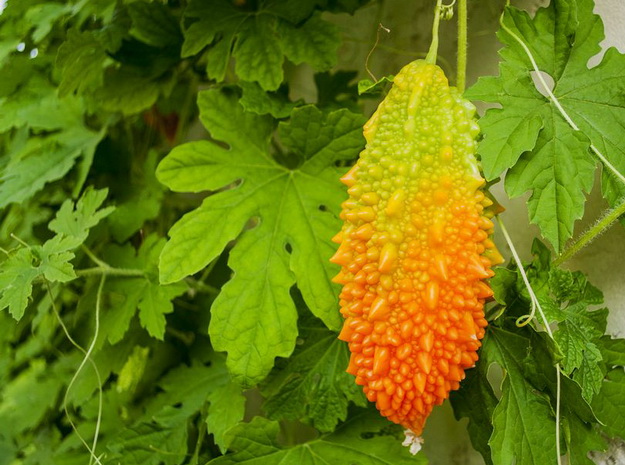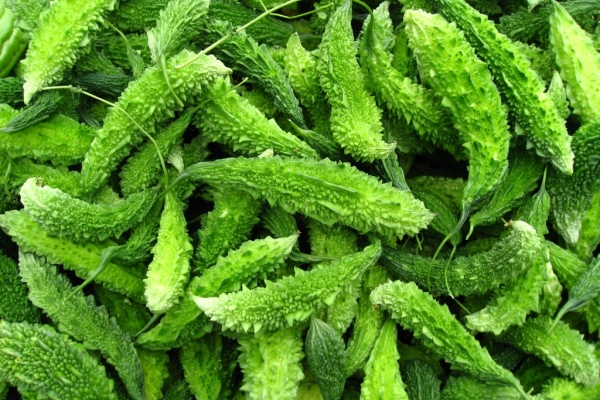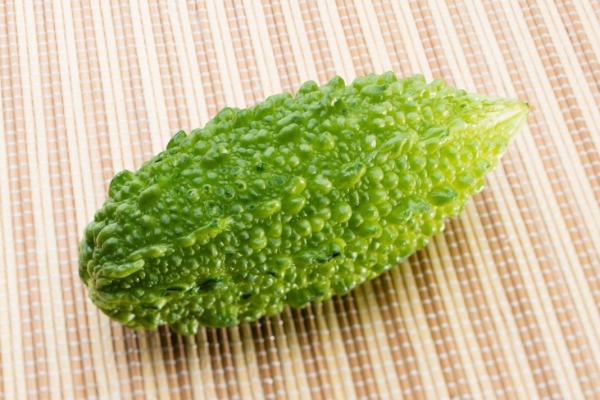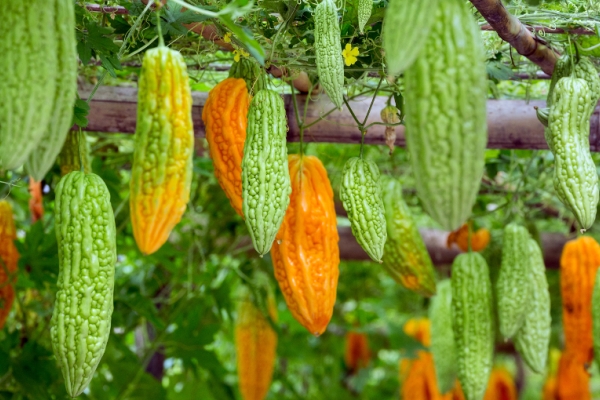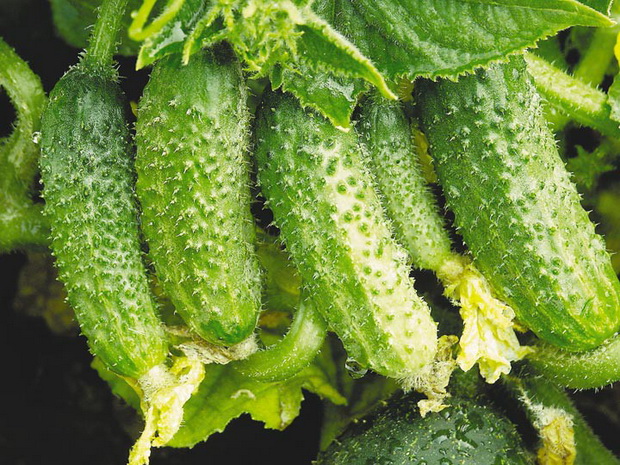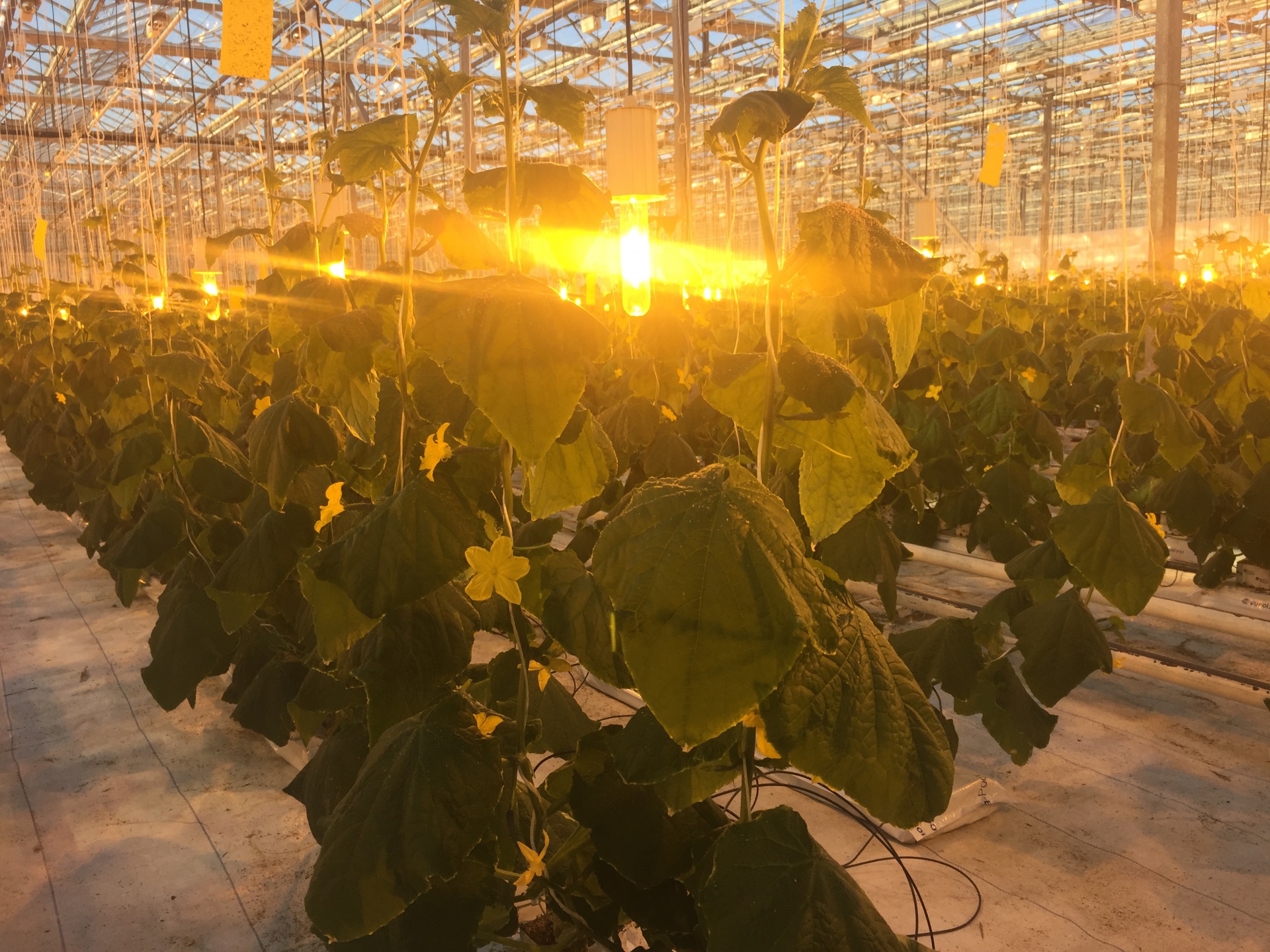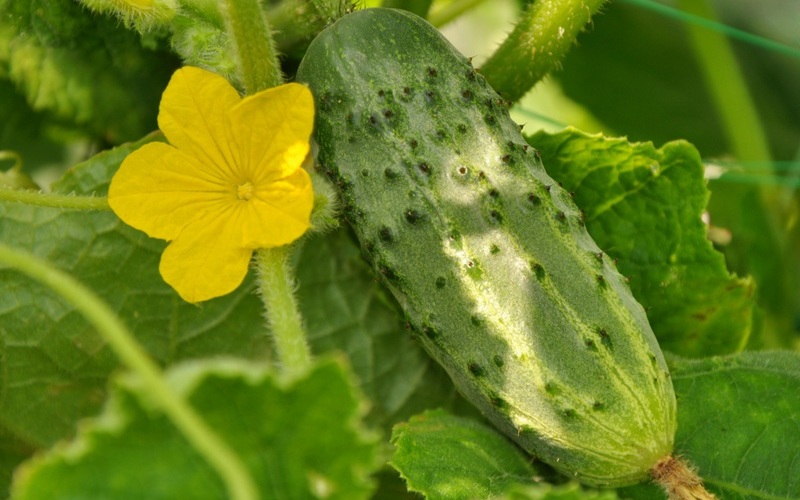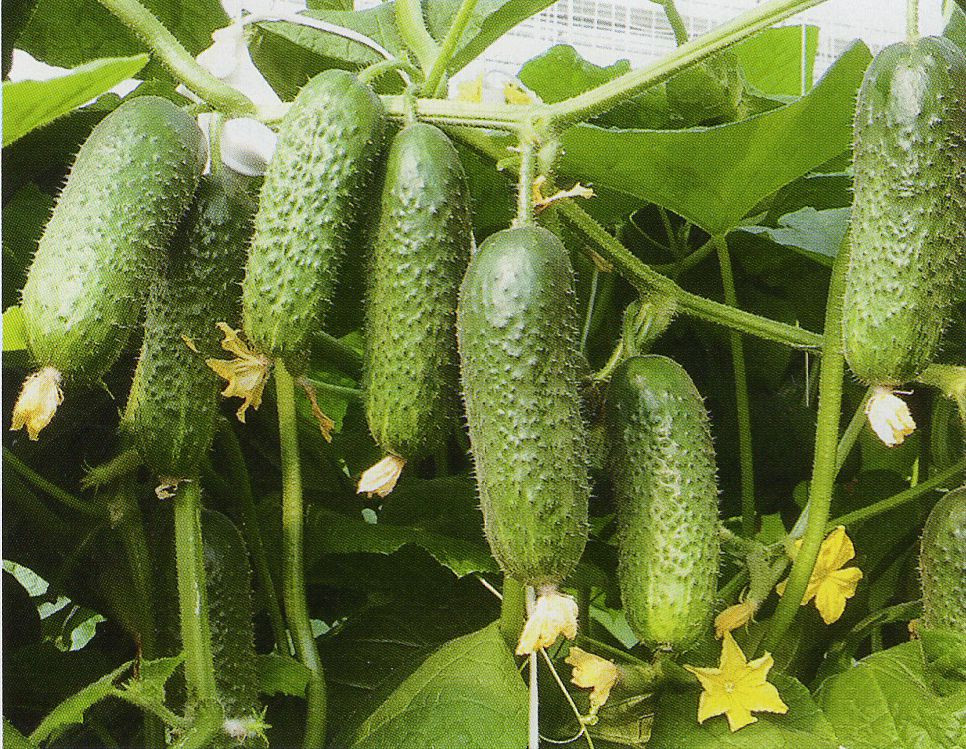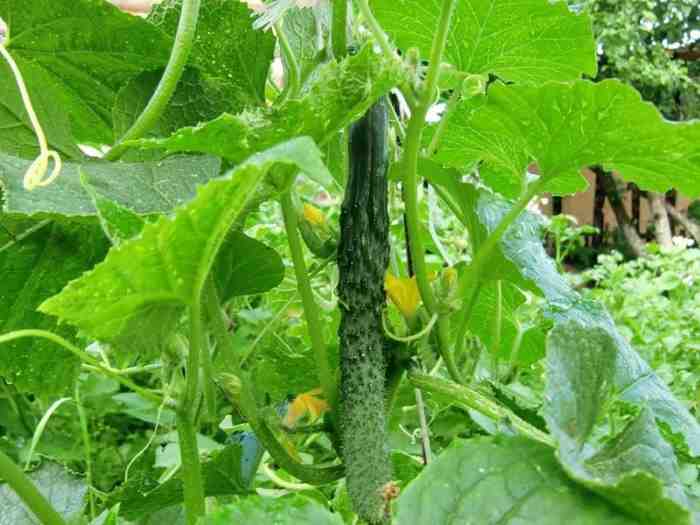Content:
Today, in summer cottages, you can more and more often see not only traditional vegetables of unusual colors for the eye - for example, black or purple tomatoes, but also completely exotic plants that many summer residents see only on TV or in pictures.
One of these exotic and unusual vegetables is the Indian cucumber (or momordica cucumber). Although this plant appeared in our country relatively recently, many summer residents have already managed to appreciate the decorativeness of this weaving plant and its fruits, extraordinary in taste, resembling both cucumber, pumpkin and pomegranate.
Also, its fruits contain a large amount of nutrients that can bring many benefits to the human body. The article will talk about the main characteristics of Momordica, how to plant and grow it, as well as why this vegetable is considered medicinal.
Indian cucumber history
In translation, the name of the plant means "biting". This is the name of the Indian cucumber because small glandular hairs grow on its foliage and fruits, in contact with the skin of a person, they cause irritation.
At first, Indian cucumbers were grown not only in India, but also in many other Asian countries (in particular, in China it is called the Chinese momordica cucumber), on the African continent and in Australia. There are also references to the fact that this plant grew on the territory of the Crimea.
Currently, it is increasingly being grown in our country. But since this cucumber plant is thermophilic, it most often grows indoors, on glazed loggias or on a windowsill.
Characteristics and features of the variety
This exotic vegetable belongs to the pumpkin family. Its shoots are liana-like whips that grow in length up to 1.9-2.1 m. The plant looks very beautiful both during flowering and during ripening of fruits.
The foliage of this cucumber is large, light emerald in color. Flowers - large, yellow, grow on long stalks. First, larger males are formed, then smaller females are revealed. Abundant flowering coincides in time with the active growth of the vegetative mass. Indian cucumber is a bee-pollinated plant, pollination occurs quickly and the growth of ovaries begins immediately. The aroma of flowers is delicate, reminiscent of jasmine bloom.
The size of a ripe fruit can reach 23-24 cm, its shape is ovoid, slightly elongated.
Inside the fruit are delicate pericarp with a taste reminiscent of persimmon. The color of the pulp is bright red. The ripe fruit is shaped like a pumpkin. The peel has a bitter taste, however, when cooking, this bitterness only adds piquancy, without spoiling the dish itself.
When the fruit is fully ripe, it cracks at the bottom and begins to open.
Beneficial features
Momordica is very useful and has healing properties, as it contains:
- amino acids;
- fatty oils (in 100 g of the product there are more than half of them);
- sapolins;
- phenols;
- carotene;
- vitamin C;
- B vitamins;
- calcium.
Thanks to such a large amount of active substances, the fruits of the plant are used:
- to normalize blood pressure;
- to lower blood glucose levels;
- in the treatment of tumors;
- for the treatment of gastrointestinal diseases;
- to remove excess water and bile from the body.
The foliage is used to draw poison from under the skin after snake bites. Compresses from the infusion of Indian cucumber leaves help to remove toxic substances from the human body, reduce pain, and help fight inflammatory processes.
A large amount of carotene in momordica fruits allows you to improve the condition of hair, nails, skin, improves vision, and has a beneficial effect on the condition of the teeth. And ascorbic acid (which is almost the same in this vegetable as in citrus fruits) helps to strengthen the immune system, helps the human body fight viral infections.
But besides the positive qualities, the Indian cucumber also has contraindications for eating. This vegetable should not be consumed by the following categories of persons:
- expectant mothers, as well as during the period of breastfeeding (there are substances in the fetus that can provoke a miscarriage);
- with individual allergy to the components that make up Momordica, as well as with atopic dermatitis and other skin diseases;
- children under 3 years old. Their immune system is still imperfect, so tropical fruits often provoke an allergic reaction to new foods in these babies.
In folk medicine, all parts of Indian cucumber are used for the preparation of decoctions, compresses, infusions and lotions, since they all contain approximately the same amount of nutrients, vitamins and minerals. The basic recipes for preparing broths from momordica are the same as for preparing these solutions from other medicinal plants. The roots are usually pre-dried, and only then they are used to prepare infusions.
The nuances of growing
The cultivation technique and further care of this plant are quite simple. This plant propagates exclusively by seed material. Since the seed has a very thick shell, it is usually destroyed, and then soaked in a weak solution of potassium permanganate for disinfection.
Prepare containers in advance for planting this cucumber, buy a ready-made substrate. A couple of germinated seeds are planted in each container, deepening them by 1-1.5 cm. A layer of soil is poured on top, watered and covered with polyethylene to create a greenhouse effect inside - in such conditions, the sprouts will appear faster.
Plants need 13-14 hours of sun, therefore, if necessary, fluorescent lamps are installed next to the plants to illuminate Momordica.
These plants are planted in a permanent place in the garden after the spring frosts have passed. Growing Momordica requires a fertile, loose, well-lit area. The distance between the planted seedlings should be at least 0.6 m from each other.The depth of the landing holes is 0.4 m.
Further care for these cucumbers consists in regular watering (without stagnation of moisture in the soil), spraying the foliage with warm water in the evenings, during the budding period, mineral fertilizers are applied under the roots.
After the appearance of the first ovaries, all lateral shoots above them are removed in order to increase the productivity of the lashes. If the number of ovaries is less than planned, you need to artificially pollinate flowers.
Advantages and disadvantages of the variety
The main benefits of Indian cucumber include:
- good decorative appearance, therefore this plant is often used in landscape design to decorate a summer cottage;
- good taste of ripe fruits;
- the well-known healing qualities of the plant, and not only the aerial part, but also the roots are used for treatment.
The disadvantages of the variety include the need to tie cucumber vines to any supports, including trellises. It should also be remembered that the plant has contraindications for eating, so you first need to consult with your doctor.
When caring for the Indian cucumber, as well as when collecting fruits and other parts of this plant, you need to protect the skin so that the plant does not burn them.
